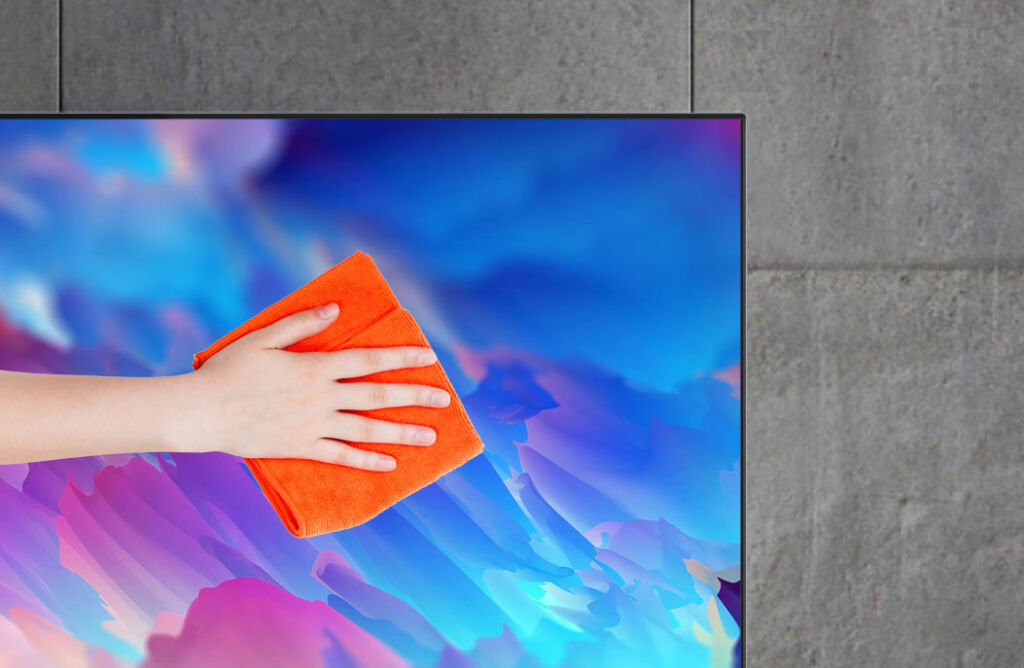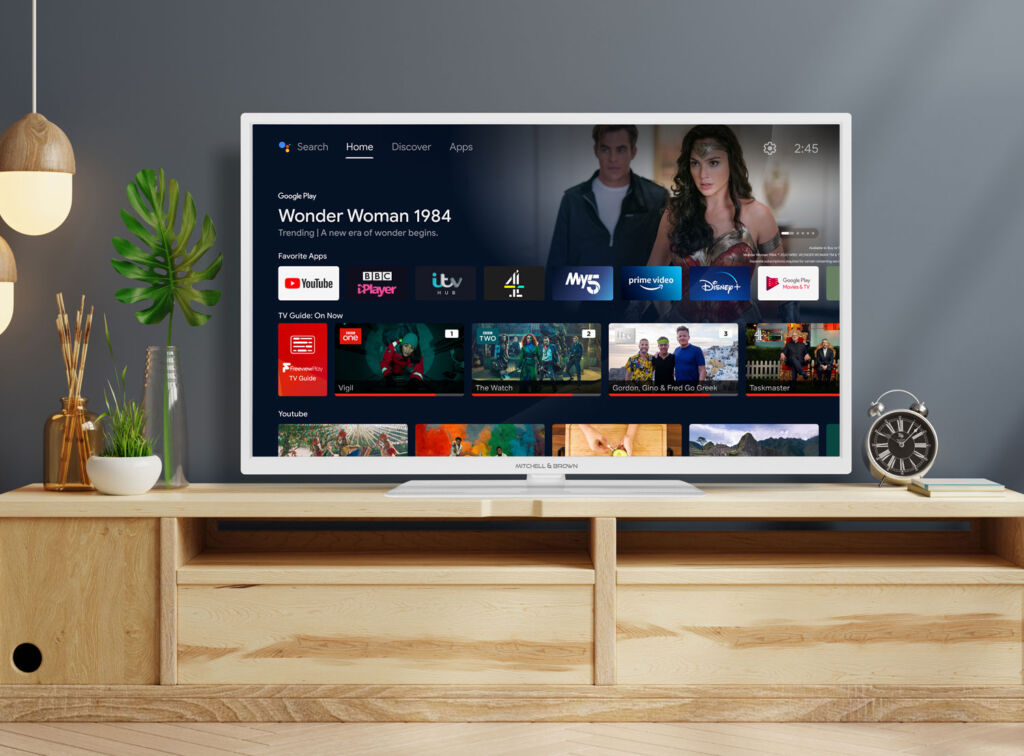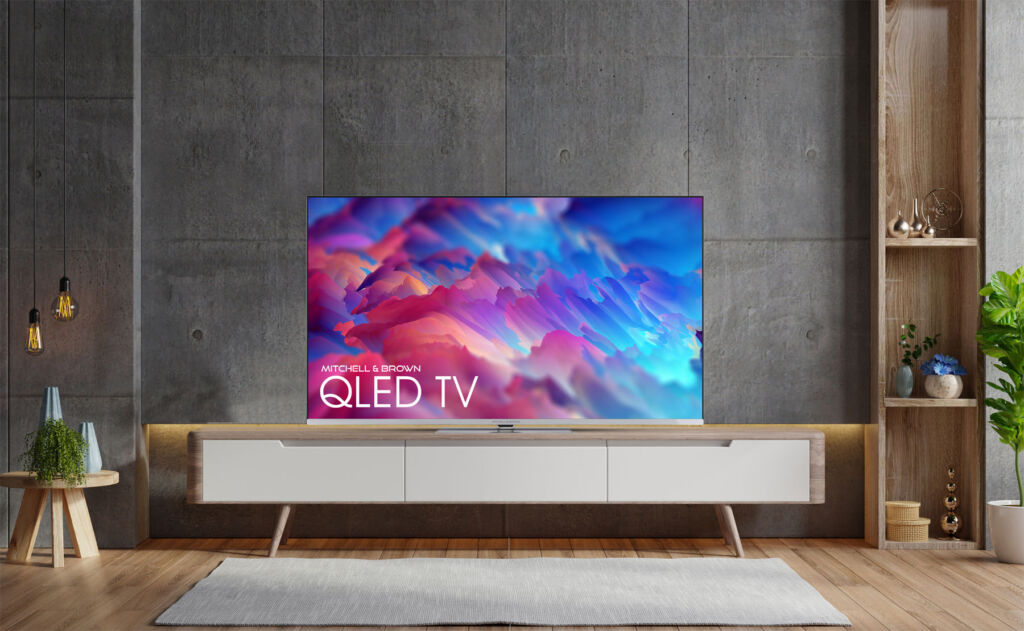
As we head towards Summer, now is a good time to give your house a final Spring clean. One highly prized household gadget that needs extra special attention to keep it looking pristine is the television. For this guide, an expert from the TV brand Mitchell & Brown has provided us with some top cleaning tips to ensure maximum viewing pleasure.
Television sets have evolved hugely over recent years. Gone are the days of nigh-on bulletproof bowed-fronted screens made of thick glass, surrounded by a liberal dose of faux wood, with ‘stick-out buttons’; instead, sets are far more high-tech, sleeker, a little less robust and frequently use plastics for their screens.
As you would expect with any premium high-tech product, a wipe with a damp cloth is not the best course of action; a little more care and attention than that is required. Therefore, to help explain the best way to care for a modern-day TV, Dan Brown, Operations Director at Bolton-based Mitchell & Brown TVs, has provided us with some industry tips.
Dan’s step-by-step guide to cleaning a TV
Older glass screens used to reflect light badly from windows, but thankfully LCD, LED, OLED and QLED TVs have a front layer of plastic on the screen to help with this. This layer helps to protect the delicate electronics behind it. We recommend using a dry microfibre cloth to dust the screen each week lightly.
Switch it off
Before cleaning begins, always remember to unplug your TV from the wall to ensure a safe cleaning environment. It’s also easier to see dust and remove streaks on a switched-off screen.
Frame and base
I recommend starting with the TV frame and base. Wipe these surfaces with a dry microfibre cloth to remove dust and fabric fibres, working from top to bottom, before getting stuck into cleaning the screen.

Screen
Using a different clean, dry, and lint-free cloth, gently wipe the TV screen to remove grease, dirt, and dust. Microfibre cloths are soft and delicate, and it’s best to avoid using anything rough on the TV, like paper towels, that could cause permanently visible scratches.
Tough dirt
We recommend using a microfibre cloth and a cleaner specifically made for use on screens to tackle sticky fingerprints or other stubborn marks. Make sure when choosing a cleaning product not to select one for tablet screens as tablets tend to have glass screens and can handle harsher chemicals as opposed to more delicate plastic TV screens.
Other areas to consider
TV ports such as HDMI and USB inputs can harbour dust. We recommend using your vacuum cleaner on a low setting with a soft brush attachment to banish any debris.
Remote controls can be lightly wiped with antibacterial disinfectant wipes to rid germs. It’s best to take the batteries out before this and replace them once the controls have air-dried fully.
What to avoid
Avoid spraying anything directly onto the screen, as the excess spray can get into the inner workings of the TV and damage it. Residue can form on the screen by using improper cleaning solutions like furniture polish or household glass cleaners on the screen, which can cause damage to the plastic screen over time.
Always avoid putting anything on your TV screen that includes alcohol, ammonia, or acetone, chemicals which are often found in window cleaner products.
For more information on Mitchell & Brown, visit their website at www.mitchellandbrown.co.uk.
Read more lifestyle news, guides and features here.

![]()




You must be logged in to post a comment.